Wilderness gear is hard to access for some California families. Enter FamCamp
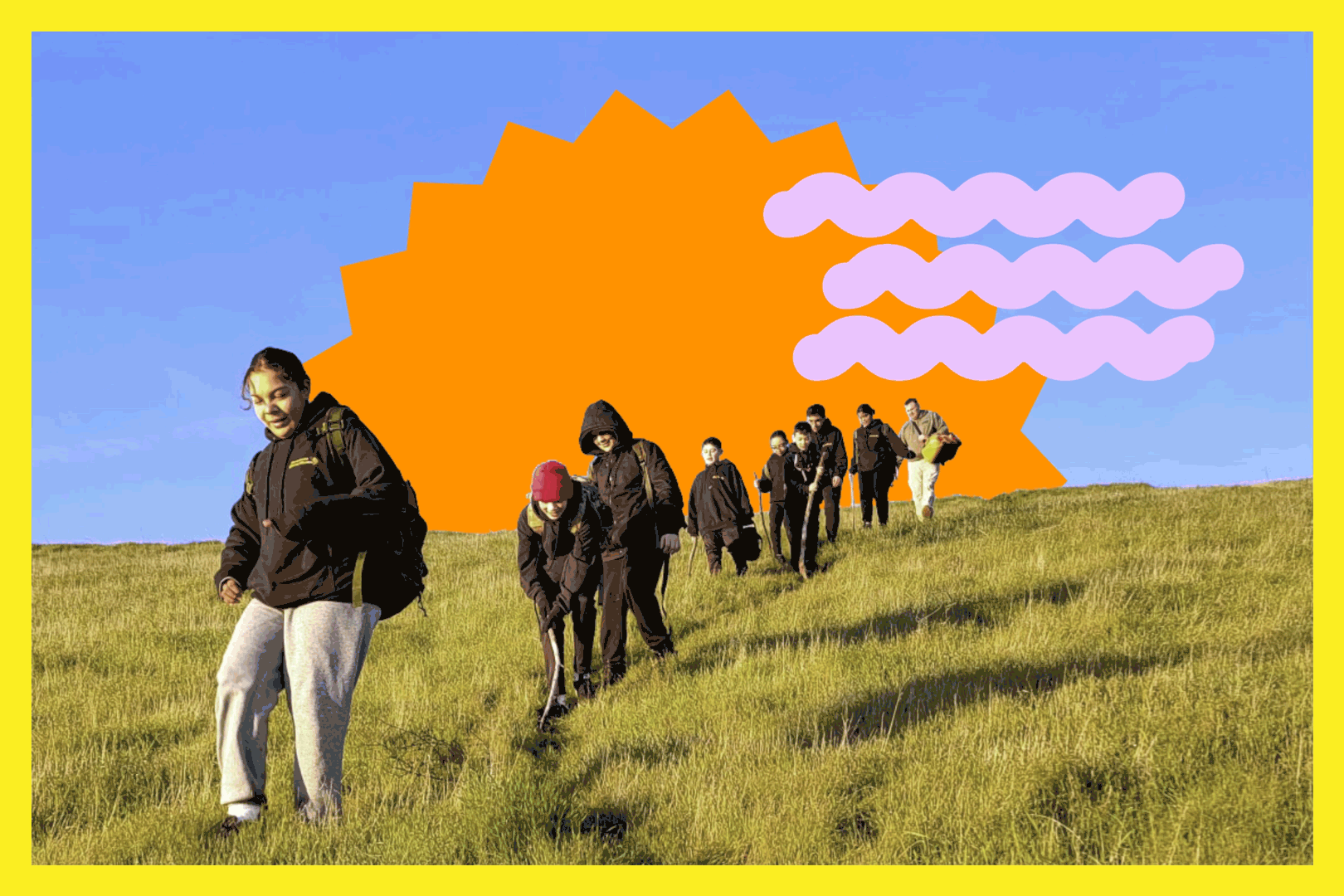
- Share via
Learning how to camp doesn’t usually happen overnight. There’s a lot to figure out: How to set up the tent at a good spot and stay warm and comfy inside. How and where to shop for practical gear (and what you really need). How to make a fire, use your camp stove, keep animals away, clean up your site. And, of course, you need to make sure you have basic first aid and survival skills.
For those who are new to camping, there’s a program that may help. Started in 1994, FamCamp is an effort by California State Parks to get underserved families out into the wilderness. But instead of just throwing folks out there with funds or equipment, the program bootstraps and scaffolds families and groups so they can feel confident camping. This happens by training at least one member of every group through a three-day Outdoor Recreation Leadership program, during which participants learn about everything from setting up a tent to first aid. (Registration for the program is $200 per person and includes training resources and materials, meals and access to camping equipment during training.)
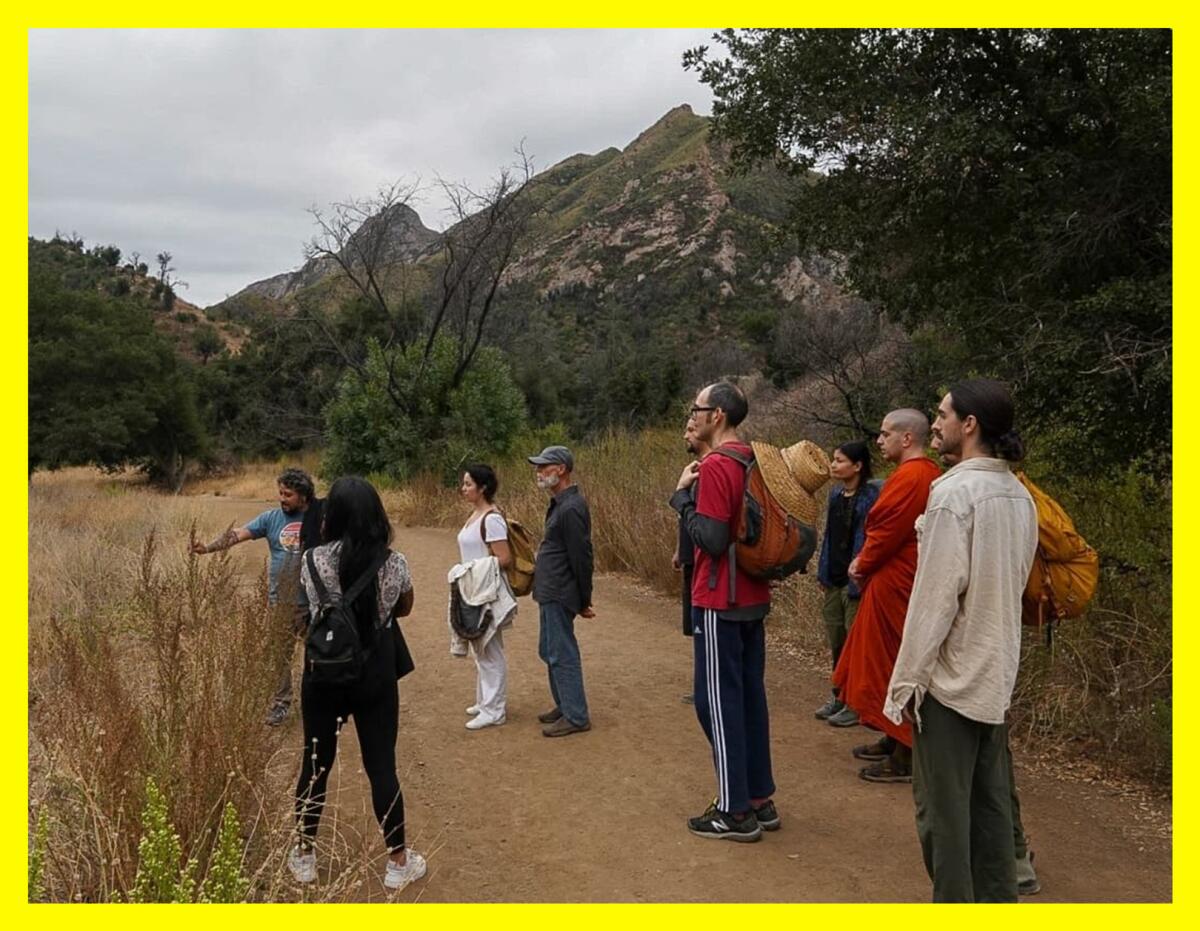
That ORL leader can then take his or her organization, like a church or social group (as long as it’s a nonprofit or public agency), out camping. FamCamp provides them with a trailer full of camping equipment — tents, sleeping bags, pads, stoves, lanterns, propane and other essential items — and a campsite reserved at a state park during prime camping season.
Get The Wild newsletter.
The essential weekly guide to enjoying the outdoors in Southern California. Insider tips on the best of our beaches, trails, parks, deserts, forests and mountains.
You may occasionally receive promotional content from the Los Angeles Times.
The five Southern California FamCamp campgrounds — Castaic Lake State Recreation Area, Leo Carrillo State Park, L.A. State Historic Park, Malibu Creek State Park and Silverwood Lake State Recreation Area — are conveniently located close to urban areas. There are 10 FamCamp trailers located throughout California. Each one accommodates up to 30 campers. Participating families or groups only need to bring food and personal gear like clothes and shoes they can hike in, so the main barriers left are time and transportation.
Once on their trip, the groups get hands-on learning about taking care of the equipment, from proper storage after use to washing sleeping bag liners. But one of the most important things participants learn, according to California State Parks Deputy Director of Community Engagement Sedrick Mitchell, is communication skills. In fact, in a survey given to campers in the program about what they gained most from the experience, learning how to camp came in fourth, and communication was in the top two.
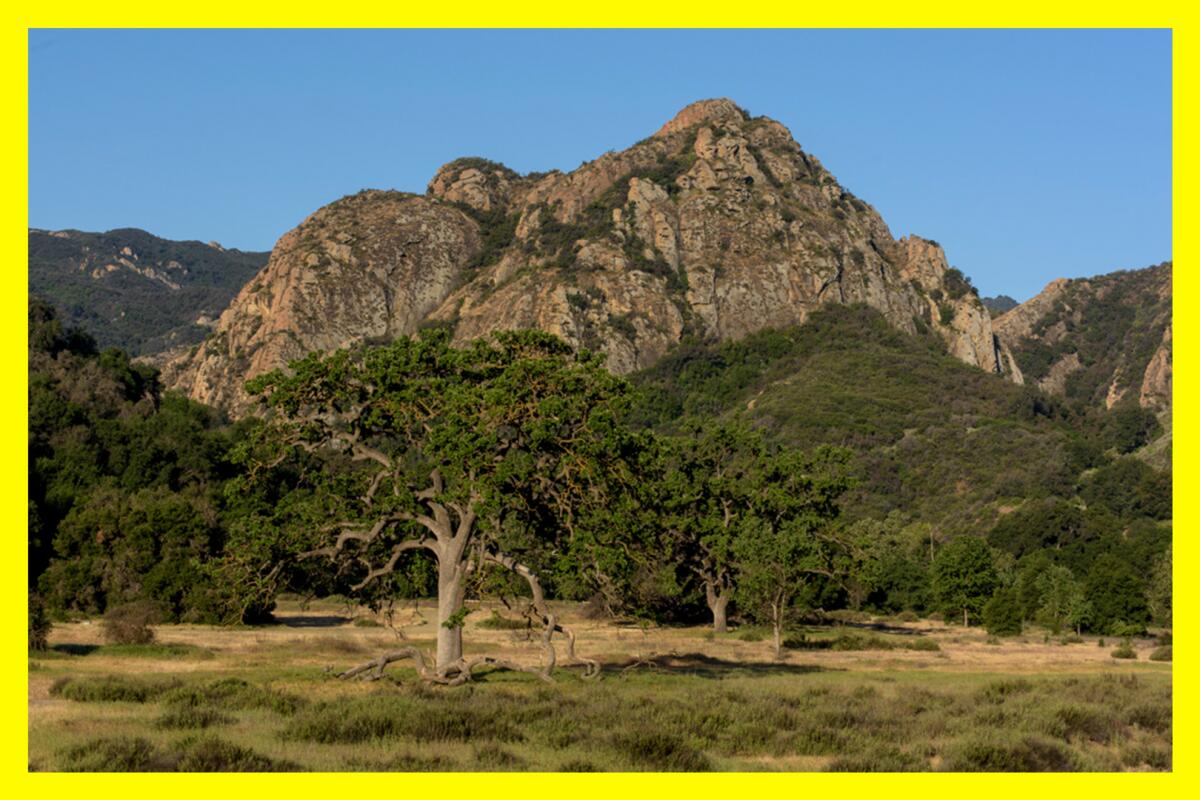
“That’s because we don’t focus on environmental training but, rather, on supporting communication,” Mitchell said. “[Participants] utilize nature as the backdrop to building these skills, and that’s why so many become confident in taking others out camping and introducing these experiences to people in their home community.”
Mitchell sees camping for underserved populations as a tool for social change, but believes the process must start with self-determination. To get people to participate in social change, Mitchell says, they must first have a personal connection with nature, and that can happen through camping and hiking. “If you give people the opportunity to make their own personal connections doing things that are relevant to them in nature, those connections will be long-lived, and that also will spark in them a desire to be stewards,” Mitchell said during the Parks California conversation “Nature as a Tool for Social Change.”

California State Parks’ FamCamp program is part of a growing movement to make the outdoors approachable and accessible to underserved populations. There are similar organizations and initiatives in other parts of the country that guide new campers and offer free gear rental, including Appalachian Mountain Club’s Youth Opportunities Program in New York, through which underserved youth can go hiking and camping with trained leaders who access free loaner outdoor equipment stored in caches across the Northeast. In New Orleans, Loop NOLA offers free Camping 101 expeditions for families on Scout Island in New Orleans City Park, teaching equipment usage, camp safety, fire building, tent set-up and knowledge about the best local campsites.
To begin your ORL training and then apply for a FamCamp trailer, reach out to the Office of Community Involvement by calling (916) 902-8888 or emailing its reps. If you’re interested in volunteering with California State Parks, go here.
3 things to do

1. Celebrate outdoor girl power. Can you still recite the Girl Scout Promise? The group, founded by Juliette Gordon Low in 1912, has come a long way in promoting outdoor skills since I was a member. Now you can learn about their evolution, from the inception of the first troop in Savannah, Georgia, to the organization’s growth across every state in the country. There are now 1.7 million girls participating in the program, with 750,000 adult volunteers. Through Aug. 13 at the Los Angeles Public Library’s Central Library, the History & Genealogy Department is sponsoring a free exhibit called “On My Honor… A Century of Girl Scouts in Los Angeles.” Photos, stories and the history of L.A.’s Girl Scouts have been curated by Christina Rice, senior librarian of the LAPL Photo Collection, and her staff. Girl Scouts, take note: The library is offering an official Girl Scouts of Greater Los Angeles patch.

2. Saddle up to ride Big Bear. Family-friendly cycling event Tour de Big Bear takes place on Aug. 5 and includes attractions for the kids (with an adult or guardian present, of course) while you ride the course. Kids can get their faces painted or hit the petting zoo and the bouncy house while you do 25-, 50-, 70- and 100-mile courses, or the Dirty Cub and Dirty Bear 25- and 50-mile gravel rides. If your kids are riding, have them join the Family Fun Ride on the quiet backstreets of Big Bear. There’s also a King/Queen of the Mountain race up Onyx Summit. Individual riders pay $115 to $135 for various races, and kids 12 and under pay $65. Register here.
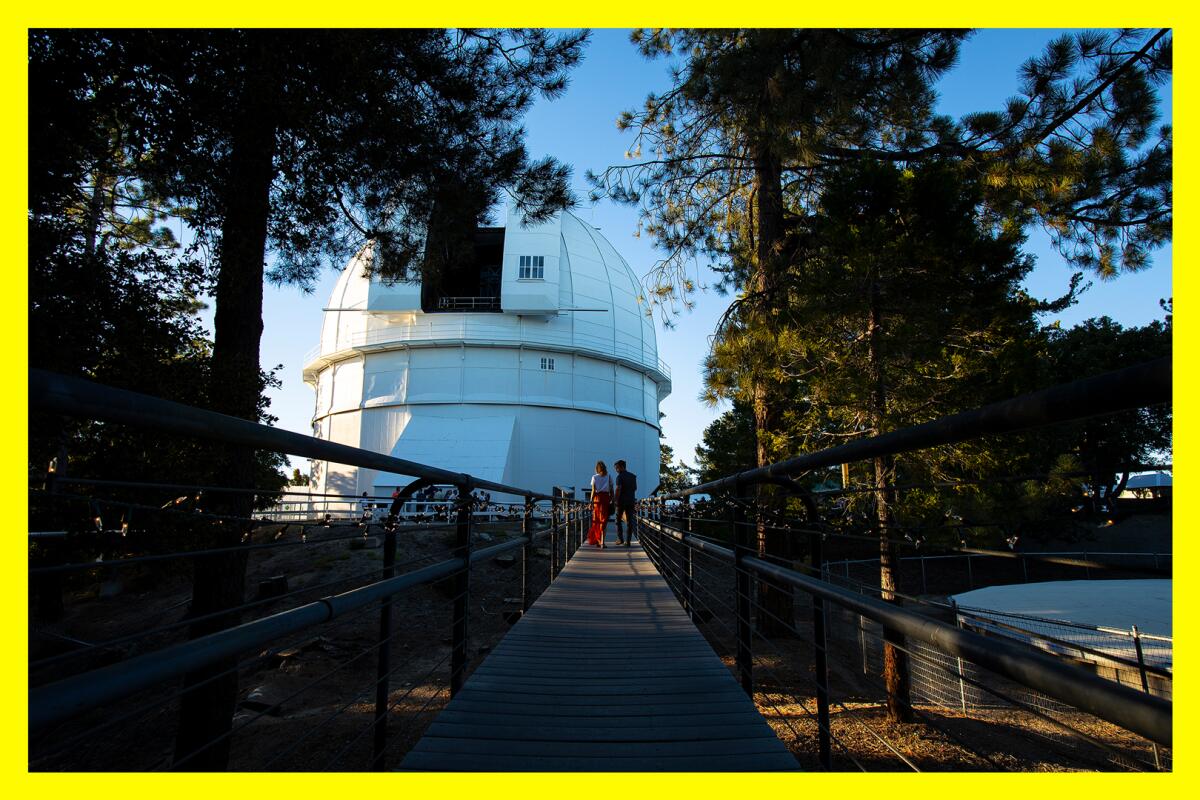
3. Catch some Sunday-afternoon classical. Artistic Director Cécilia Tsan throws a righteous classical party in a unique space. Visit Mt. Wilson Observatory for the third of the six-month series “Sunday Afternoon Concerts in the Dome” on July 9, and you’ll be treated to a string trio playing in the singular vaulted dome of the 100-inch telescope. The program features Haendel-Halvorsen: Passacaglia for Violin and Cello, and Mozart: Divertimento in E flat for Violin, Viola and Cello performed by Ambroise Aubrun (violin), Victor de Almeida (viola), and Tsan (cello). The program will happen twice, at 3 p.m. and 5 p.m., with an artist reception and light refreshments between the performances. Tickets cost $55, and it’s recommended that you buy them in advance here. If you’re feeling adventurous, go ahead and hike up to the observatory; start before the sun rises to be there in time, depending on your hiking speed.
The must-read
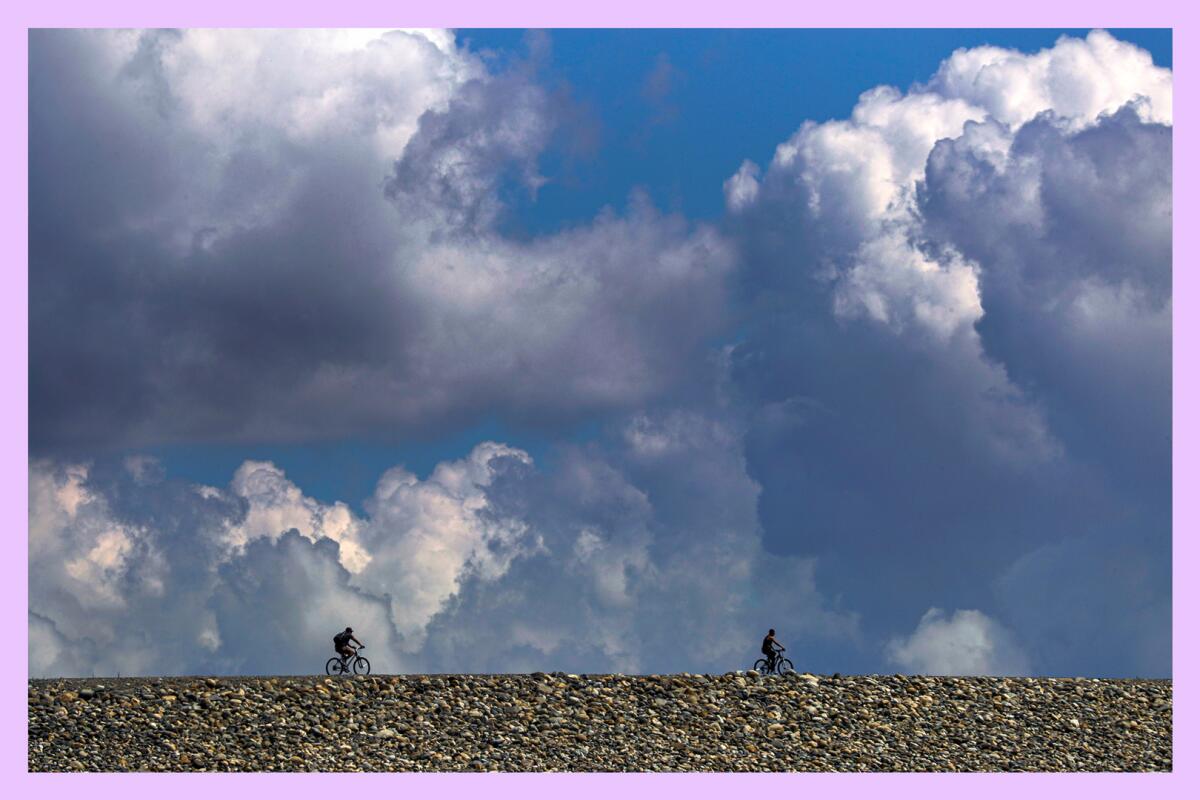
Gravel biking is super popular with cyclists in L.A. — and across the nation (per this must-read, gravel bike sales boosted more than 60% from February 2020 to February 2022). We wrote up the Los Angeles Invitational ride for our cal, and were curious to learn more. Cycling enthusiast Brian E. Clark has a list of spots you can gravel ride around our city, but maybe you’re wondering: Why would you?
The answer is, the streets aren’t so friendly all across L.A., and mountain biking can be steep and tough. The happy medium? Unpaved trails that are safer and still offer a workout challenge — and beautiful views. From Topanga to the San Gabriels, Clark lists 11 spots to try. If you’re on my side of the county (San Gabriels), call the Cub House to get outfitted with the right bike and gear (follow them on Instagram for gravel rides, too).
Happy adventuring,

P.S.
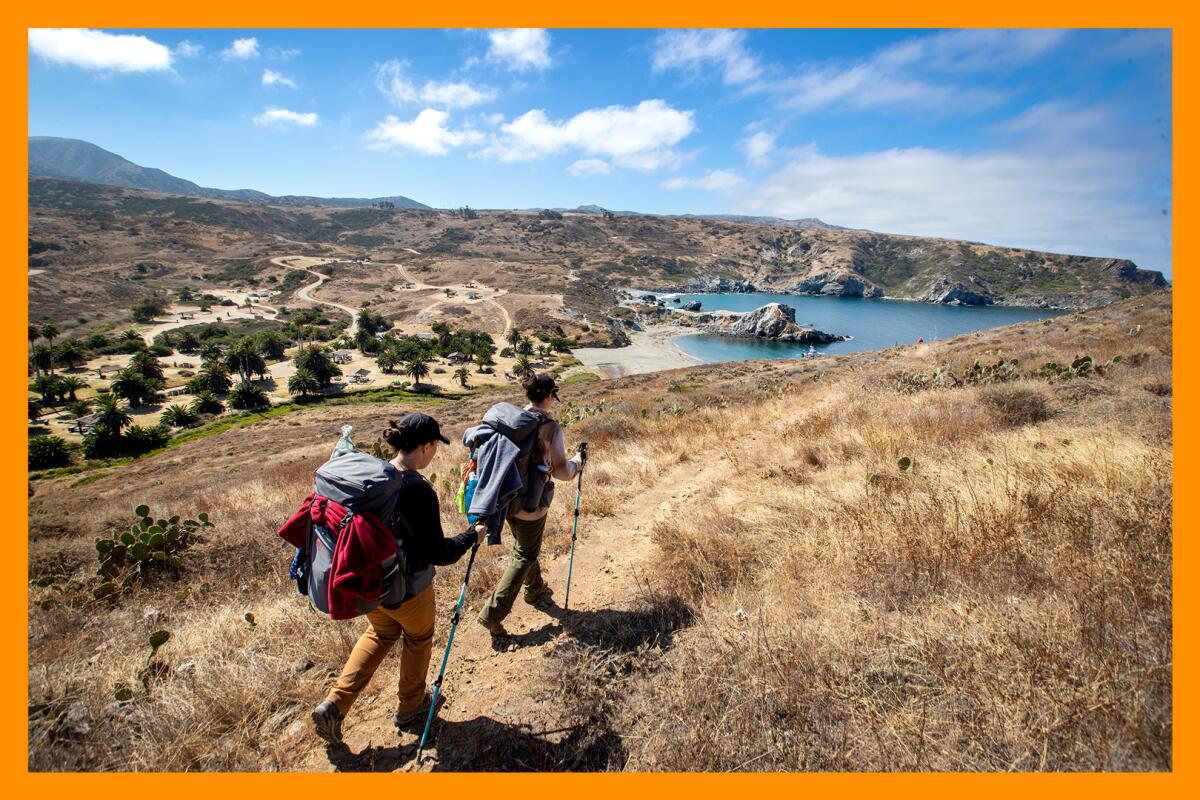
Do you find it hard to take on a new outdoor passion or make friends while doing it? I’m a journalist whose job is literally to do so, and I still struggle sometimes to break into a new scene or introduce myself to others. At the climbing gym, you can have the front desk announce that you’re looking for a top-roping partner. I’d never done it until the other day — and no one responded, all busy with their own pursuits or partners. But it felt good to break the mold.
Sometimes, my fear of clique-ishness or being labeled a “noob” can make me feel hesitant. Maybe you feel that way, too. But as you set out this weekend, think to yourself, what do you have to lose? Yes, you’ll wipe out riding new mountain biking trails. Sure, you might not know how to ride a bike, stand up on a paddleboard, or surf a wave. But that’s what classes, or just trying again and again, are for.
It is so much more fun to fail and try, try again with a friend, so don’t hesitate to ask someone to join you. Or say “hey” to that person next to you. No, not all surfers or bikers or climbers or hikers will be friendly (some may even be territorial or off-putting). But just remember the outdoors belong to us all, or should.
A couple weeks ago, I had some fantastic conversations with strangers on the Mt. Wilson trail, and yesterday on my bike, I talked panniers with another cyclist at a stoplight. It makes me want to try, again.
For more insider tips on Southern California’s beaches, trails and parks, check out past editions of The Wild. And to view this newsletter in your browser, click here.
Sign up for The Wild
We’ll help you find the best places to hike, bike and run, as well as the perfect silent spots for meditation and yoga.
You may occasionally receive promotional content from the Los Angeles Times.




